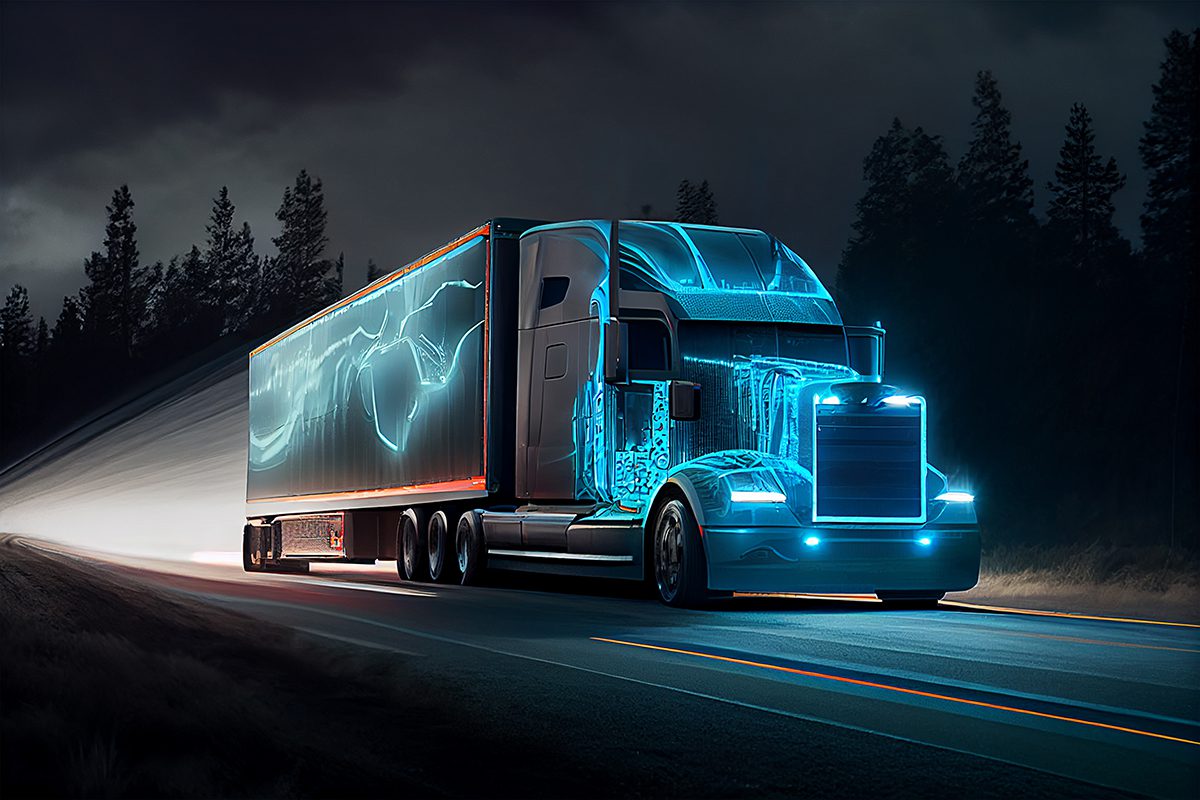On November 6, 2021, Congress passed the $1.2 trillion Bipartisan Infrastructure Law (BIL), a historic investment in America’s transportation sector. The law fuels the White House’s ambition to deploy 500,000 electric vehicle (EV) chargers by 2030 to reach net-zero emissions by 2050. To further this goal, BIL endowed a national EV charging infrastructure network to drive the clean transportation transition forward, the National Electric Vehicle Infrastructure Formula Program (NEVI). NEVI’s interconnected approach is foundational to facilitating best practices, data collection, and interoperability across state lines.
BIL allocated $5 billion over five years to NEVI, offering states the opportunity to develop reliable, affordable, and accessible charging solutions along Alternative Fuel Corridors (AFC). These corridors were selected by the Federal Highway Administration to serve as the backbone of this national EV charging network.
Logistical requirements like building charging stations no more than 50 miles apart along AFCs are critical but so are the human-centric requirements like considering the public health and welfare of communities inhabiting these same corridors. Indeed, NEVI will be as much a community empowerment program as it will be a masterful example of American engineering design.
Justice40 and Disadvantaged Communities
Justice40 is a transformative investment in marginalized and overburdened communities, mandating that at least 40% of the overall benefits of NEVI’s climate investments go to communities historically underserved in the fight against air pollution and greenhouse gas emissions. While the federal government stood up for marginalized communities in a historic way, states still play a pivotal role to make certain no one is left behind in this clean transportation revolution.
Previously, successful infrastructure projects like new highways in America enriched some communities and devastated others. Millions of Americans suffer disproportionately from these inequitable consequences in the form of toxic air pollution. To right this wrong, the Biden Administration’s inclusive requirements for NEVI, like the Justice40 Initiative, ensure all Americans across disadvantaged communities (DACs) are prioritized to benefit from clean transportation innovation. The White House issued interim guidance for federal agencies to define Justice40 DACs, including income, environmental burden, and health status.
California Leads the Way
In September 2022, the U.S. Department of Energy and the U.S. Department of Transportation’s Joint Office of Energy and Transportation accepted California’s Deployment Plan for the National Electric Vehicle Infrastructure Program, the Golden State’s five-year plan for EV charging stations. The California Department of Transportation and California Energy Commission published the plan and will oversee California’s implementation of the statewide NEVI program which will enhance communities from San Diego, north to the Oregon border, and east to Arizona and Nevada. Second only to Texas, California earned a share of NEVI funding worth $383,673,792 to pursue inclusive, accessible EV charging stations.
Marrying logistical realities with community empowerment initiatives is nothing new for the world’s fourth largest economy. California’s forward-thinking environmental justice policies have sought to protect California-designated DACs and low-income communities (LICs) years before Justice40 arrived on the scene. In 2012, California passed Senate Bill 535 (SB 535) to task the California Environmental Protection Agency (CalEPA) with identifying DACs using “geographic, socioeconomic, public health, and environmental hazard criteria.” SB 535 mandated that at least 25% of the state’s Greenhouse Gas Reduction Fund (GGRF) benefit DACs and 10% of funds go to projects located within DACs.
In 2016, California built upon SB 535 with Assembly Bill 1550 (AB 1550) to authorize the California Department of Housing and Community Development (HCD) to define LICs as “census tracts with median household incomes at or below 80% of the statewide median income or with median household incomes at or below the threshold designated by HCD as low income.” AB 1550 required that an additional 10% of GGRF dollars benefit LICs.
California’s NEVI plan prioritizes this environmental justice agenda. Half of NEVI funds will benefit California-designated DACs and/or LICs while the plan conforms to Justice40 to deliver at least 40% of funds to Justice40 DACs. With federal and state requirements, California’s NEVI plan requires clean transportation and energy stakeholders to proactively plan for diversity, equity, inclusion, and accessibility in their EV charging station proposals.
Digital Tools to Bridge the Divide
Fortunately, geographic information system (GIS) mapping software makes coordinating federal and state environmental justice requirements easier. The digital tools below can guide your journey:
- Electric Vehicle Charging Justice40 Map shows Justice40 DACs.
- SB 535 Disadvantaged Communities (2022 Update) shows California DACs.
- Priority Population Investments 4.0 shows California DACs and LICs.
- California’s NEVI Funding Program Map (February 2023) shows Justice40 DACs & California DACs and LICs.
Could your firm, agency, or organization use some help navigating these regulations and GIS tools? GNA, North America’s leading clean transportation and energy consulting firm, is here to help. Reach out if you would like to strategize around environmental justice and clean transportation. Here’s to a season full of transformational EV charging — and human — investment.



